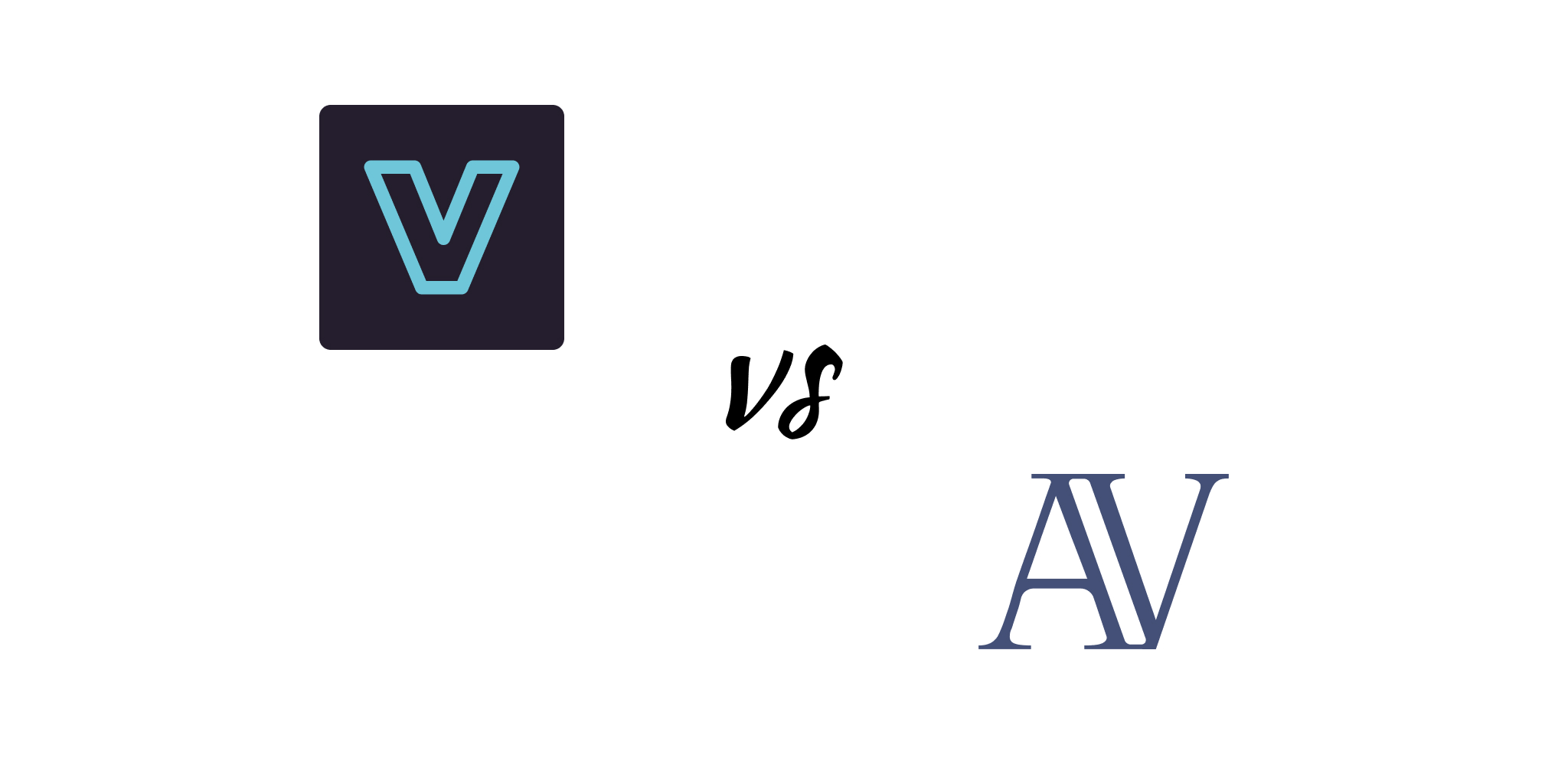AI Interior Design Workflows: Faster Concepting, Photoreal Renders, Happier Clients
Professional interior design workflows with AI: mood boards, space planning, photorealistic renders, brand consistency, and client approvals - powered by Visualizee.ai.
September 15, 2025
10 mins read











